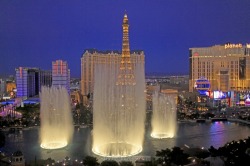
Let’s face it; there are times you will find yourself visiting locations and tourist sites outside of the beautiful light of dusk and dawn. Too often I am standing under the blazing sun looking for the best angle to take a photo while trying to tame the bright highlights and inky deep shadows. As I work to create an image in these conditions, I try to draw on some of techniques I have used in the past when I shot film and now bring to my digital photography work.
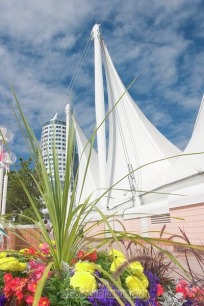
A sunny day produces great color, but can also throw some wicked shadows across the scene you are trying to capture. Shooting below eye level will sometimes hide the shadows so you don’t have to deal with them in postproduction. This image of the Pan Pacific Hotel in Vancouver was taken to show off the huge white “sails” set against the sky. By crouching down in front of a large pot of flowers I was able to hide the dark shadows cast by the pot and the low brick wall running along the walkway. Even without the motivation to hide shadows, shooting low often produces a more dramatic image than shooting at eye level.
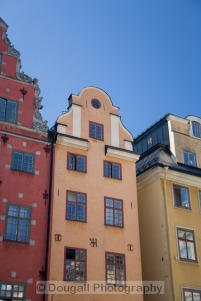
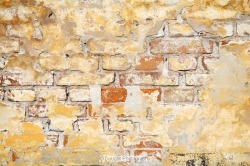
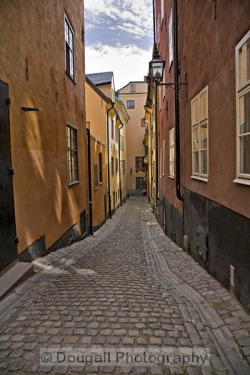
This quiet street in Gamla Stan, Stockholm had a hot white sky peeking between the builings and dark cobblestones below. I used a fake HDR technique where I created an additional light and dark version of the single image to open up the shadows and darken the sky respectively. I then blended the three images in Photoshop with this image being the result. I am still going to replace the sky at some point as there is not enough detail there for my liking, but as a stock image it sells just the way it is.

For a more consistent effect I prefer a light blue graduated filter. It creates a constant effect across the entire image regardless of where the sun is. It also lets me control the bright white of the clouds and helps prevent the detail from disappearing. With the clouds toned down, it is usually possible to render the entire image within the dynamic range of my camera.
Creating images during the day is just a rewarding as at other times. We need to understand where the shadows fall and how bright the highlights are. If I can only control for one of these, I fall back on my “old school” photography skills when I shot slide film: expose for the highlights and let the shadows fall where they may.
We will be exploring these and other ways to take stunning photos in broad daylight on our next cruise and photo seminar on May 13, 2011. You can learn more about our seminar here.

 RSS Feed
RSS Feed
